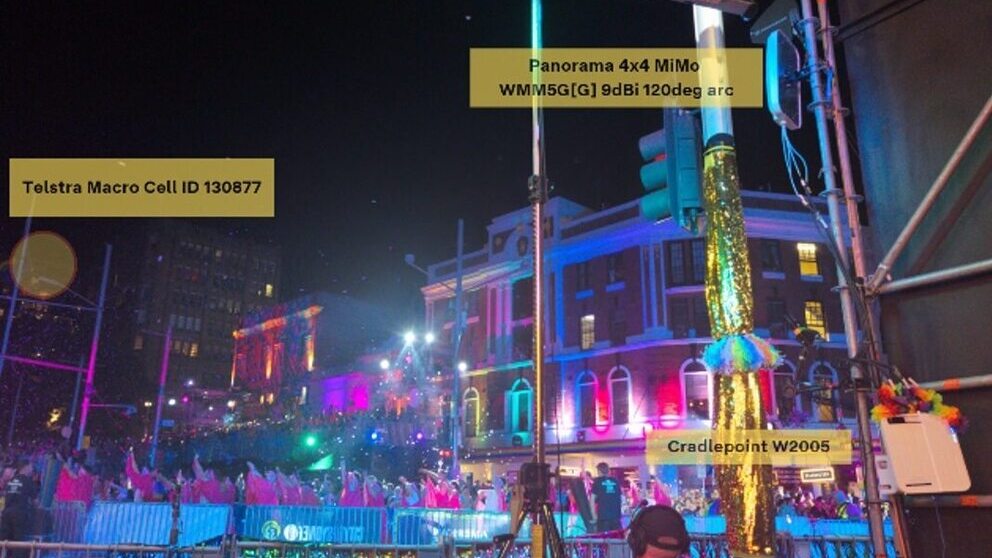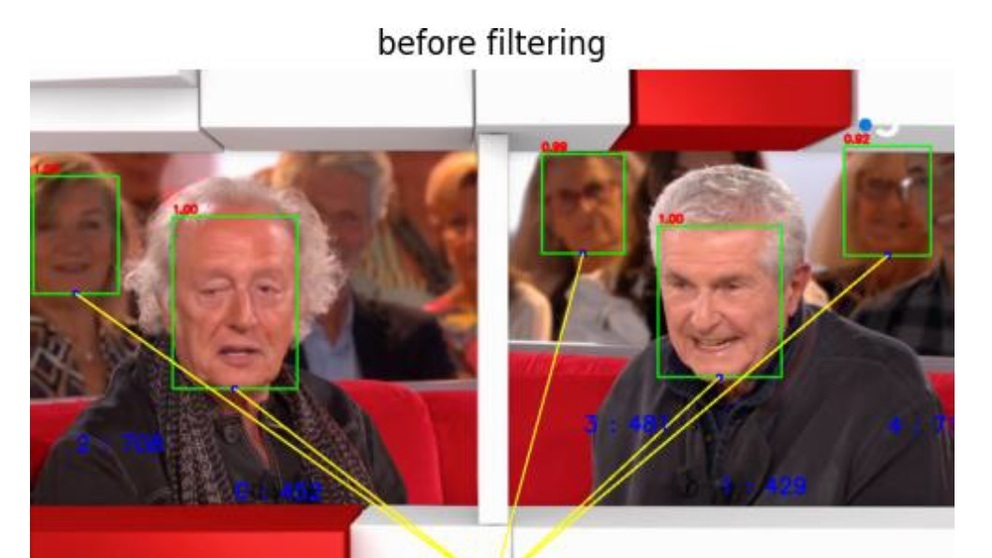This paper describes a novel scene-adaptive imaging technology designed to enhance the image quality of wide-angle immersive videos such as 360-degree videos. It addresses the challenge of balancing resolution, frame rate, and dynamic range due to sensor limitations by dynamically adjusting shooting conditions within a single frame on the basis local subject characteristics.
The global demand for highly immersive video content, such as 360-degree videos and dome screen videos, is escalating. Accompanying this demand is an increasing need for cameras capable of capturing wide viewing angles effectively (e.g. panoramic cameras and omnidirectional multi-cameras). Wide-angle videos typically feature subjects exhibiting diverse textures, movements, and brightness on a single screen, requiring image sensors to meet rigorous performance quality, including not only resolution and frame rates exceeding ultra-high definition television levels but also excelling in dynamic range for incident light.
However, developing an image sensor that fulfils all these requirements simultaneously is challenging. Traditional image sensors, such as Complementary Metal Oxide Semiconductor (CMOS) image sensors operating under constant shooting conditions across the entire pixel array, are limited by a trade-off between resolution, frame rate, and the noise performance related to dynamic range (El Desouki et al and Kawahito). Moreover, higher pixel readout rates lead to increased data transfer streams and higher power consumption in image sensors.
In this paper, we present...
You are not signed in.
Only registered users can view this article.

IET announce Best of IBC Technical Papers
The IET have announced the publication of The best of IET and IBC 2024 from IBC2024, once again showcasing the groundbreaking research presented through the papers. The papers have been selected by IBC’s Technical Papers Committee for being novel, topical, analytical and well-written and which have the potential to make a significant impact upon the media industry. 327 papers were submitted this year, and after a rigorous selection process this publication features the ten papers deemed by the judges to be the best.

Technical Papers 2024 Session: 5G Case Studies – public network slicing trials and striving for low latency
In this session from IBC2024, Telestra Broadcast Service and the BBC present their work 5G Case Studies as part of the IBC Technical Papers.

Technical Papers 2024 Session: AI in Production – training and targeting
In this session from IBC2024, three authors from NHK, Viaccess-Orca and European Broadcasting Union present their work on the application of AI to media production as part of the IBC Technical Papers.

Technical Papers 2024: Audio & Speech – advances in production
In this session from IBC2024, two authors present their work on Audio Description and implementing Audio Definition Model as part of the IBC Technical Papers.

Technical Papers 2024 Session: Advances in Video Coding – encoder optimisations and film grain
In this session from IBC2024, IMAX, MediaKind, Fraunhofer HHI and Ericsson present their work on video coding, as part of the IBC Technical Papers
